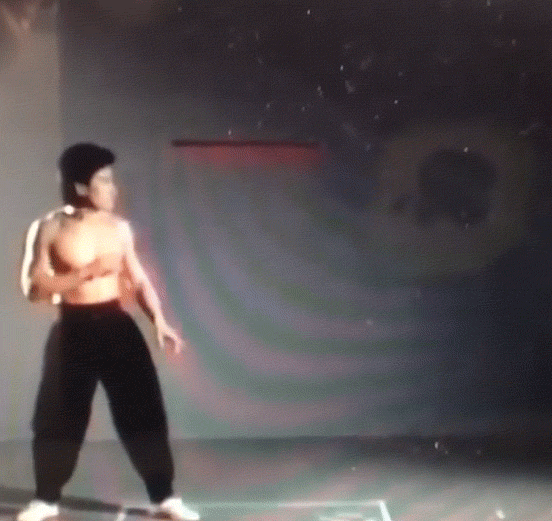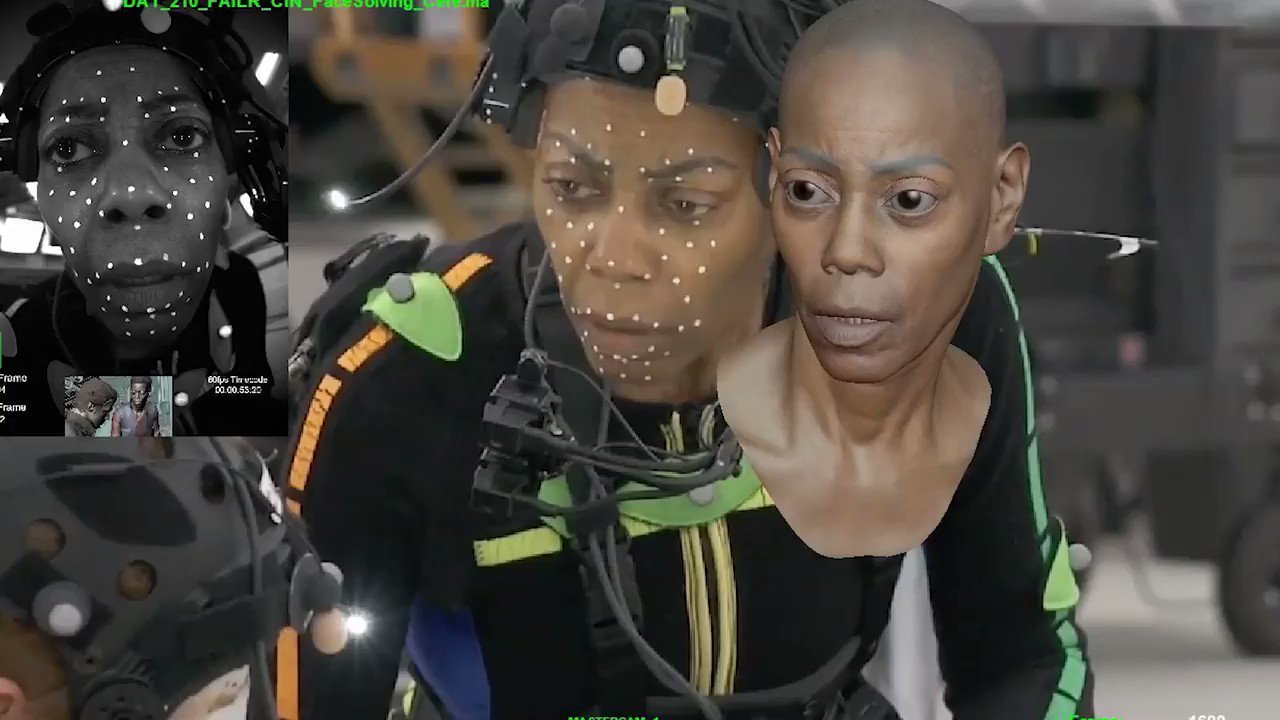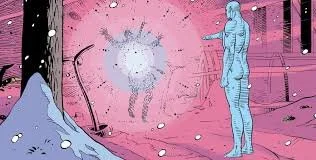Motion Capture and Acting in Video Games
Motion Capture, or MoCap for the nerds, is the process where the producers record movements of both objects and people, and translate them into digital animation. It has been used in the video game industry since the 90s when it was used in the first Mortal Kombat game, the best one from my perspective, where they copied the actor’s movements onto a digital and playable character. But many people don’t know is that an early form of motion capture was used in a 1988’s video game called Vixen. Motion capture technology has come a long way in the last decade and the producers can now recreate realistic biped movements in 3D with ease thanks to the current technology, but not only because of that, it is also thanks to the pitch perfect acting of the people behind the movements that, in some cases, are real actors who are featured in the video game.
A motion capture sequence from the original Mortal Kombat.
Motion Capture
There are many factors that gamers judge in the video games they play but the first thing they notice even before playing the game are the visuals: the lighting, the landscape, and obviously the characters movements. This last one is often overlooked by other things but at the end it becomes one of the most important things to have in mind.
Motion capture in video games is one of the most complicated technologies in the field because the actor needs to perfectly do what they have to do; there is no room for error, but not only the actor, the people behind the application of the motion capture into the game have to do it even better than the actor because if they do a single thing wrong everything is gone.
Voice Acting
In today’s era, almost every video game out there contains a form of voice and the video game designers create intriguing narratives and storylines to generate a strong acting and also a strong connection with the audience.
Just like in movies, the voice acting can vary: you can be the video game narrator, the video game protagonist, the antagonist, secondary character or just extra or filler characters. But it doesn’t matter the character you are, you are still acting and you are a character. One of the video games that have received critical acclaim for its voice acting is the battle royale Apex Legends because every voice actor involved in the game act with some natural flowing that it feels they are having a ton of fun while recording their lines. I have played the game before and that is true.
One of the most well-known actors who records her own movements, voice and facial features is Debra Wilson, a world class actress who is well known in the video game community. She has appeared in many video games like Batman: The Enemy Within as Amanda Waller, God of War Ragnarök as Gryla, Wolfensten 2: The New Colossus as Grace Walker, Days Gone as Addy, Star Wars Jedi: Fallen Order as Cere Junda, the new Forspoken as Bellette Krau and many more. You have played a lot of video games where she appears and also, she has voiced a lot of characters in movies too.
One of the good things about motion capture is that it is affordable and is a good option for both small studios or indie developers because besides being affordable it speeds up the process of creating the video game.
The use of motion capture is good for any kind of digital character animation but it is crucial to know what movement style you have to use for the recordings.
Typically, there are two types of full body performance:
Animation-driven: Refers to a motion that follows a root animation. It is more cinematic and fluid.
Script-driven: Normally used in first-person games, refers to the type of movement driven by code. It is more jerky and less fluid than the animation-driven.
Animation-driven movement is good for more flowy and realistic movements but on the bad side, when they are recording an animation-driven movement they have to minimize the most unnecessary things.
Actor Debra Wilson in the process of recording motion capture for a video game title.
The growth of motion capture
and acting in video games
One of the most important things that are worth pointing out is how much this field in the last ten years or so in the videogame industry. Just like the medium has been continuously growing in terms of gameplay, graphics and things of a similar ilk, it is also worth highlighting how motion capture and acting has improved.
Back in the early 2000s, voice acting in video games was a brand new concept and it was both exciting and intriguing as it allowed to give said games a lot more depth and emotion. And while the early results were often hit and miss, there was an intent there to convey emotions and nowadays we can see what was sown back in the day: voice acting has become a lot more prominent in the games, adding an element more to the experience and to the storytelling side of things.
This has been a fundamental aspect in recent times that can truly represent what the medium has become over the years: an industry that not only provides a lot of wonderful experiences through the many elements that you can find during gameplay, but also a lot of different factors that enhance said experience and brings a lot more to the table.
This growth has represented a lot of what the companies strive for and it is nowadays another element, such as the examples we have mentioned like Debra Wilson and her input in highly regarded videogames such as Star Wars Jedi: Fallen Order. It is something that is both exciting and adventurous from a creative point of view.
Overall, this is a side of the medium that perhaps is not mentioned enough, but it can play a big role in the success or failure of a project.












